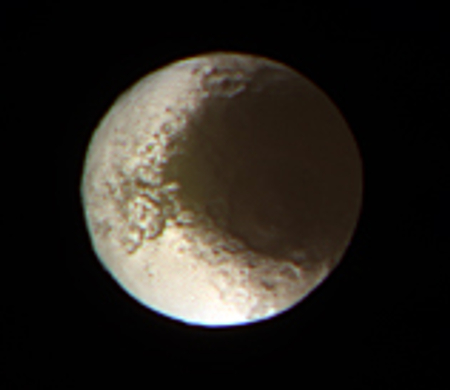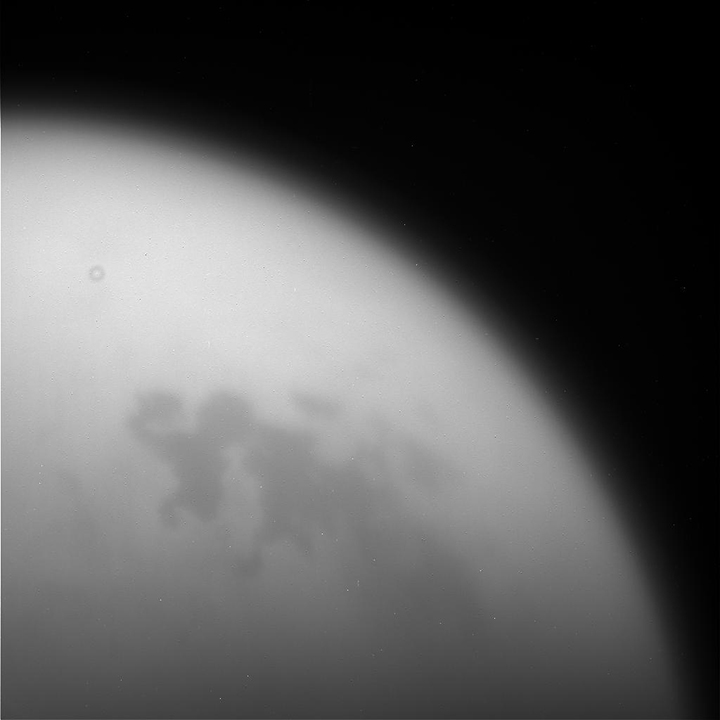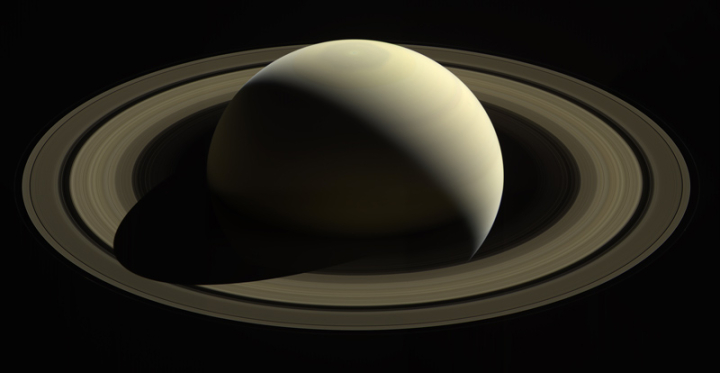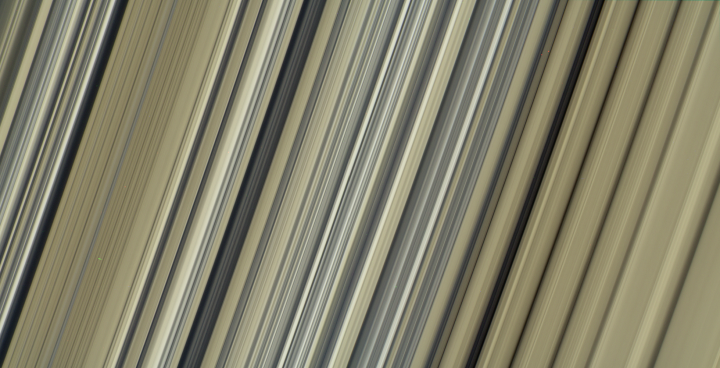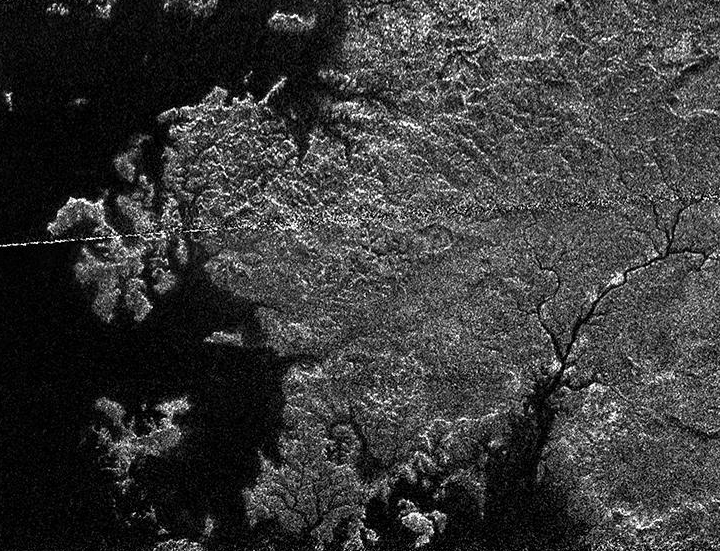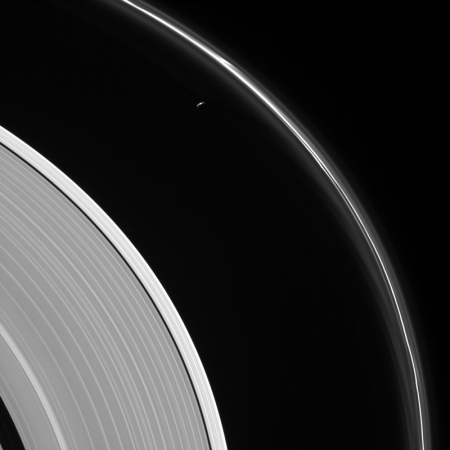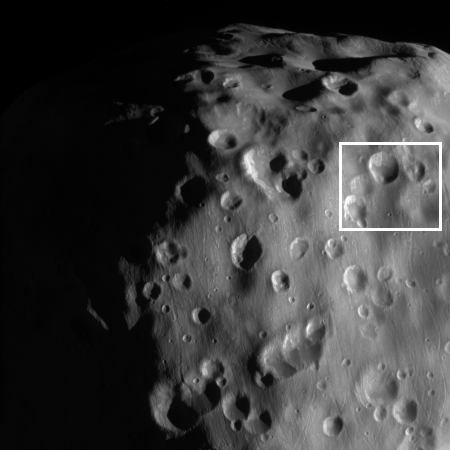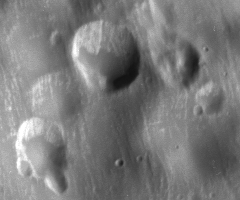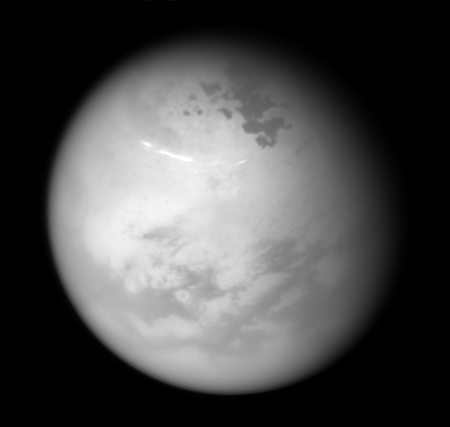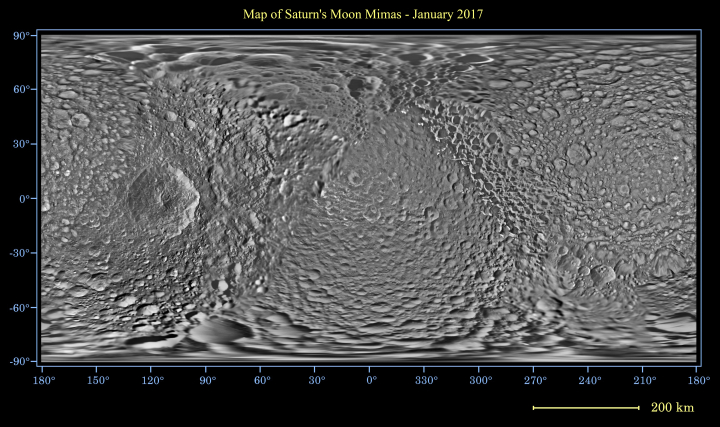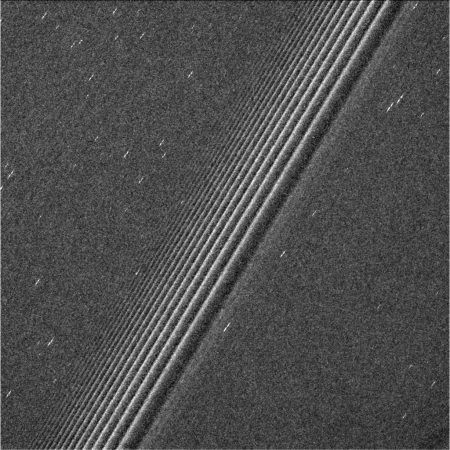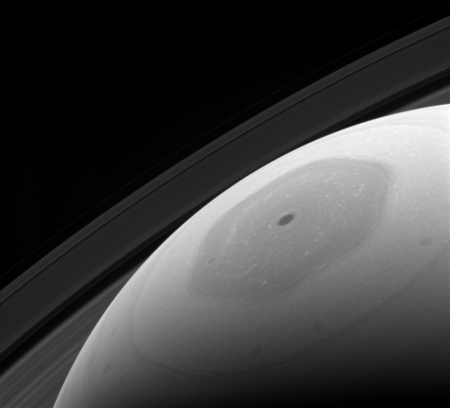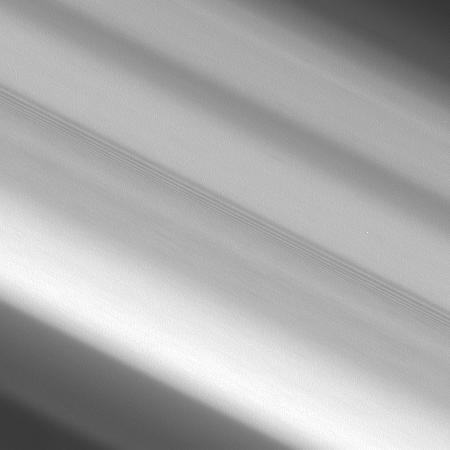The kittens of Saturn’s rings
The scientists who used Cassini to identify about 60 transient clumps in Saturn’s rings have dubbed them “kittens” and have been naming them appropriately.
Saturn’s kittens are a group of small clumps and baby moons, or moonlets, that occupy the planet’s F ring. Like the rest of Saturn’s rings, this thin outer ring is made up of countless particles that range in size. When enough of those particles bump into one another and stick together, they aggregate into larger clumps — and become eligible for a kitten name.
So far, the list of Saturn’s kitten names includes several classics, like Fluffy, Garfield, Socks and Whiskers. These are unofficial nicknames for more-complicated (and less adorable) official titles like “Alpha Leonis Rev 9” (aka, Mittens). The technical names for these features come from events called stellar occultations, during which Cassini was able to detect the little clumps. In a stellar occultation, a star passes behind Saturn’s rings from Cassini’s point of view.
Most of these clumps will likely never be found again, so their unofficial kitten names are essentially just for fun.
The scientists who used Cassini to identify about 60 transient clumps in Saturn’s rings have dubbed them “kittens” and have been naming them appropriately.
Saturn’s kittens are a group of small clumps and baby moons, or moonlets, that occupy the planet’s F ring. Like the rest of Saturn’s rings, this thin outer ring is made up of countless particles that range in size. When enough of those particles bump into one another and stick together, they aggregate into larger clumps — and become eligible for a kitten name.
So far, the list of Saturn’s kitten names includes several classics, like Fluffy, Garfield, Socks and Whiskers. These are unofficial nicknames for more-complicated (and less adorable) official titles like “Alpha Leonis Rev 9” (aka, Mittens). The technical names for these features come from events called stellar occultations, during which Cassini was able to detect the little clumps. In a stellar occultation, a star passes behind Saturn’s rings from Cassini’s point of view.
Most of these clumps will likely never be found again, so their unofficial kitten names are essentially just for fun.

